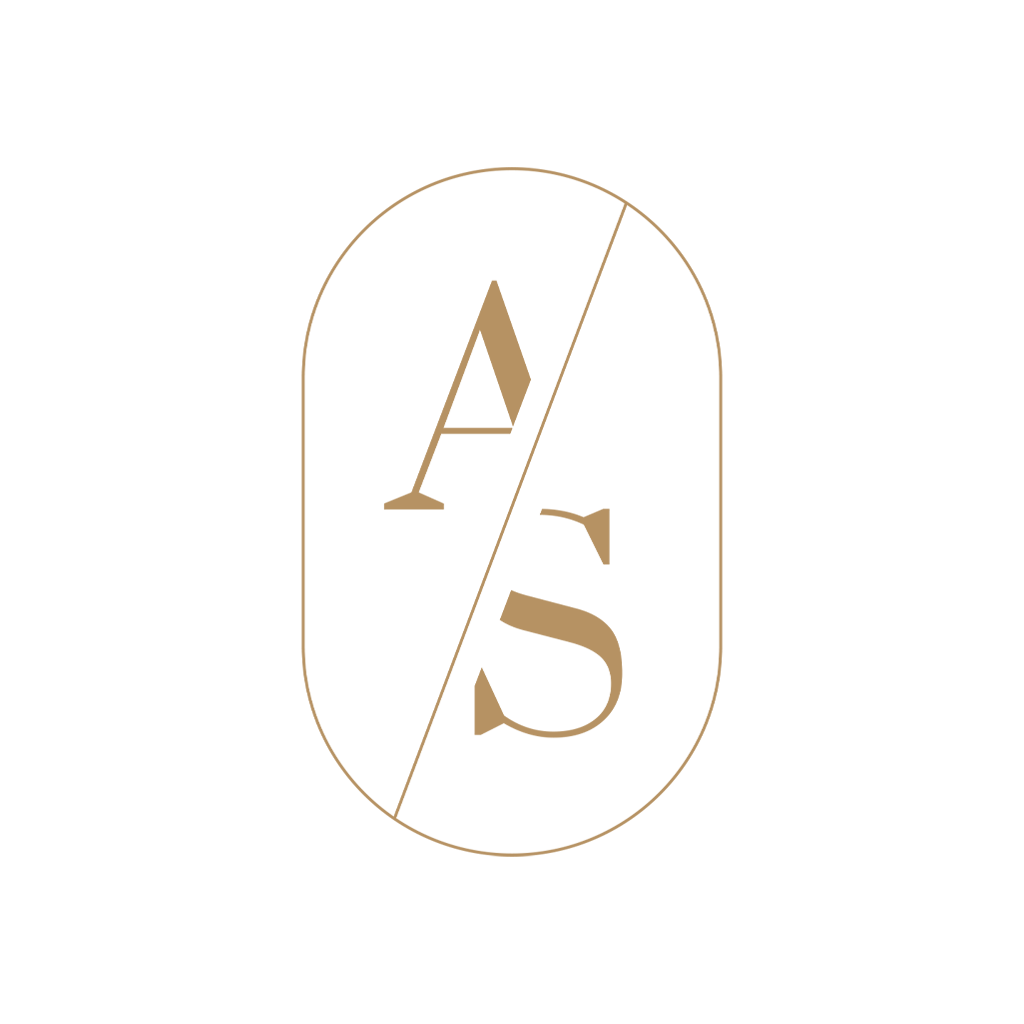V-Lift with Tension Wires
Nowadays, aesthetic procedures and treatments are becoming less and less invasive and have evolved to provide more and better results, without increasing the level of pain or discomfort caused to the patient.
A good example of this is the V-Lift with Tensioning Threads, which can guarantee facial rejuvenation without any surgery or operation.
If you want to eliminate wrinkles and restore the defined lines of your face, then this could be the right procedure for you.
What exactly does the V-Lift with Tension Threads consist of?
The V-Lift with Tensioning Threads is an innovative non-surgical treatment that aims to rejuvenate the face without the need for surgery.
In practice, it produces a lifting effect, defining the lines and tissues of the face while reducing the number of visible wrinkles.
Who can benefit from this type of procedure?
As an innovative skin rejuvenation technique, this treatment can be used by anyone who wants to:
- Redefine the skin of the face and neck;
- Eliminate the so-called “double chin”;
- Achieve a skin rejuvenation effect;
- Improve facial contour.
Which areas of the skin can be treated with Tension Threads?
Procedures involving tension wires are essentially designed to treat the following “problems”:
- Raised forehead;
- Raised eyebrow / lower and outer edges / drooping;
- Vertical and horizontal forehead wrinkles;
- Upper eyelid (bags under eyes, dark circles, puffy eyes);
- Cheeks;
- Nasolabial creases;
- Marionette lines;
- Smoking wrinkles;
- Under jaw;
- Jawline redefinition;
- Chin;
- Neckline and neck.
How does it all work?
The way these tightening threads work is very simple. They stimulate the production of collagen in the skin, thus helping to reduce sagging in the face.
As collagen is part of the skin, it will recognize it and so there is no risk of rejection.
When can you expect to start seeing results from this treatment?
The results of the V-Lift with Tensioning Threads are not visible immediately.
Although the action of the tensioning threads is immediate, their effects are only noticeable about 3 weeks after the treatment, and the full result is only really visible approximately 2 to 3 months after the V-Lift.
What is the step-by-step procedure?
First, after the patient has undergone local anesthesia, a cannula is inserted into the area, where the collagen stimulation threads will then be placed.
After a while, these threads will dissolve and thus increase the collagen in the skin.
In addition, these threads serve as a support network for the skin, which then loses its sagging appearance.
The effects are most noticeable in the weeks that follow, when the skin begins to look more regenerated, glowing and rejuvenated, as the threads cause it to produce more collagen.
Frequently Asked Questions
There are some people who, due to the characteristics of their skin, should not undergo this procedure, as the results will not be the best.
Thus, this treatment is not recommended for people with thick skin or thick layers of fat.
This procedure is also not suggested for people aged 60 or over, as their skin is already sagging too much and a facelift is recommended in these cases.
First, local subcutaneous anesthesia (Lidocaine) is administered to the area to be treated. Then the procedure begins, which doesn’t take long and can be started immediately.
Tensioning threads can be divided into two distinct groups: mini collagen-inducing threads and spiculated traction threads, which induce collagen production and also reposition tissues that are yielding to the law of gravity.
Mini threads can be mono or helical. Both are placed subdermally and stimulate the formation of collagen and fibroblasts in order to redensify the skin. On the other hand, spiculated traction cogs have spicules that make traction.
No. The way the procedure is carried out will always take into account the patient’s needs, taking into account factors such as age, physiognomy and level of skin laxity.
Local anesthesia ensures that there is no pain associated with this aesthetic procedure.
Before starting to place the wires and administer the local anesthetic, we recommend cleaning and disinfecting the area to be treated.
There are no specific precautions to take, except for the two hours after the treatment, when the skin should not be exposed to the sun or other sources of heat.
Other precautions to take into account are: not massaging the area until at least a week after the treatment; not applying make-up until 24 hours after the procedure; applying cold for the first few hours to reduce inflammation and discomfort.
In the latter case, ice or a damp cloth can be applied to the skin. The cold should not last longer than 15 minutes and should be applied every one hour.
What are the possible side effects?aThe V-Lift treatment with Tensioning Yarns can have some side effects, namely:
- Bleeding;
- Bruising;
- Swelling;
- Pain at the site of the thread injection,
- Sensitivity;
- Numbness;
- Slight asymmetry.
Most of these side effects, if they occur, should manifest 24 to 48 hours after the procedure and are all quickly resolved.
Não. Os Fios Tensores são feitos de polidioxanona, material utilizado em suturas cardíacas, o que dá garantias de não haver rejeição, nem alergias. Este material é ainda antimicrobiano e reabsorvível entre 6 a 8 meses.
Porém, a estimulação da produção de colagénio pode prolongar-se por 12 a 18 meses.
Eu sou um bloco de texto. Clique no botão Editar (Lápis) para alterar o conteúdo deste elemento.
BOOK YOUR APPOINTMENT ONLINE
We reply within a maximum of 24 working hours.









